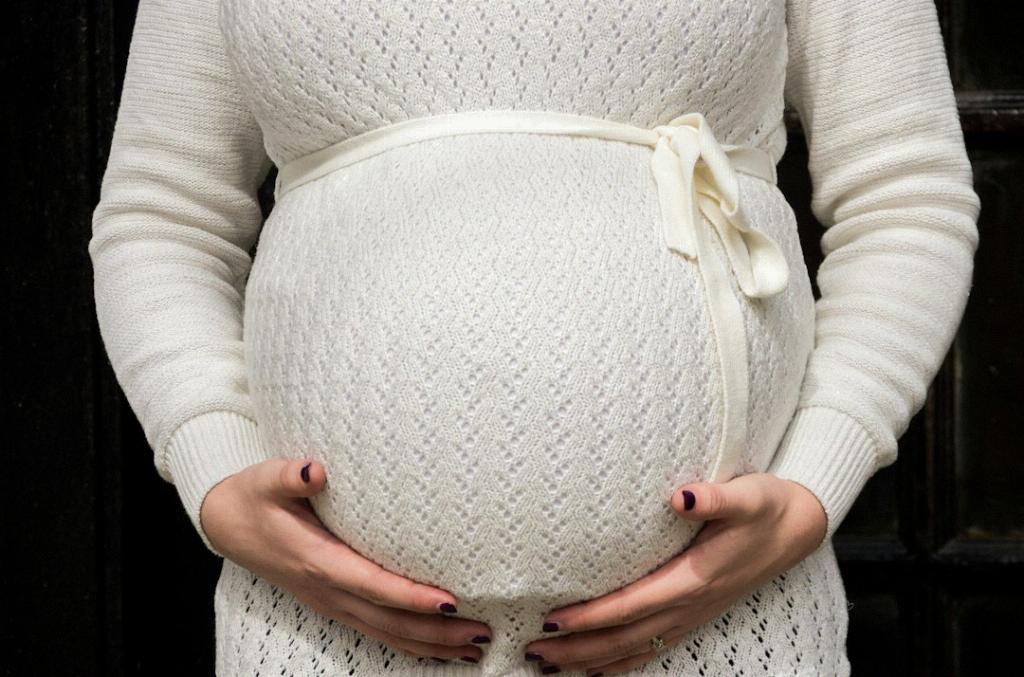When it comes to the number of C-sections a woman’s body can handle, there isn’t a simple one-size-fits-all answer. Each individual’s body is unique, and multiple factors come into play when determining the maximum number of C-sections that are safe and feasible.
According to medical experts and current evidence, it is generally recommended that women should aim to have no more than three C-sections in their lifetime. This recommendation is based on the potential risks and complications that can arise with each subsequent C-section.
Multiple C-sections can increase the likelihood of complications such as placenta previa, placenta accreta, and uterine rupture. These risks can escalate with each additional C-section, making it crucial for healthcare providers to carefully assess the need for repeat surgeries.
While some women may be able to safely undergo more than three C-sections without significant issues, it is essential to consult with a healthcare provider to evaluate the individual’s specific health factors and circumstances.
Factors such as the spacing between C-sections, the healing of the uterine incision, and the overall health of the mother play a vital role in determining how many C-sections a woman’s body can handle.
Chronic conditions such as high blood pressure, obesity, and diabetes can also impact the body’s ability to withstand multiple C-sections. It is crucial for women with these conditions to work closely with their healthcare team to assess the risks and benefits of future surgeries.
Additionally, the surgical technique used during C-sections can influence the body’s capacity to handle repeated procedures. Minimally invasive approaches and careful surgical practices can help reduce the risk of complications and promote better healing.
Women who have had multiple C-sections should be vigilant about monitoring their health and reporting any concerning symptoms to their healthcare provider promptly. Early detection of issues can lead to better outcomes and reduce the likelihood of severe complications.
Ultimately, the decision regarding the number of C-sections a woman can undergo should be made collaboratively between the patient and her healthcare provider. Open communication, thorough evaluations, and personalized care are essential in ensuring the best possible outcomes for both the mother and the baby.
While the recommendation of limiting C-sections to three is a general guideline, exceptions may exist for certain individuals. It is crucial to prioritize the health and well-being of both the mother and the baby when considering future surgeries.
In conclusion, understanding the factors that influence the body’s ability to handle multiple C-sections is essential for making informed decisions about reproductive health. By working closely with healthcare providers and staying proactive about health monitoring, women can navigate the complexities of C-sections with confidence and care.

